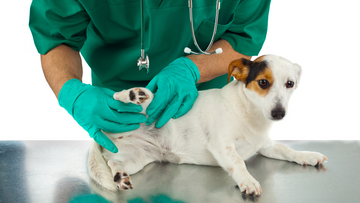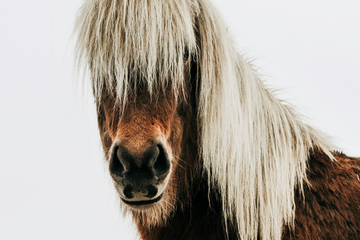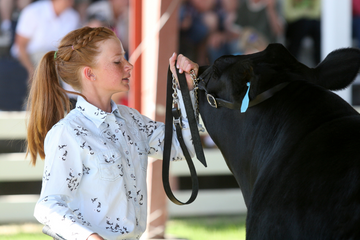 Taking care of your horse is about more than just making sure it has all the supplies it needs to feel comfortable. With natural flight instincts, desensitizing your horse is for your safety as well as the horses.
Why? Because a scare horse can be dangerous. The horse's instinct is to run in situations where it feels threatened, and you won't be able to change that instinct. What you can do is ease the horse’s fears by desensitizing them. This is possible at any age, not just for young horses.
Taking care of your horse is about more than just making sure it has all the supplies it needs to feel comfortable. With natural flight instincts, desensitizing your horse is for your safety as well as the horses.
Why? Because a scare horse can be dangerous. The horse's instinct is to run in situations where it feels threatened, and you won't be able to change that instinct. What you can do is ease the horse’s fears by desensitizing them. This is possible at any age, not just for young horses.
Blog
Desensitizing Your Horse
 Taking care of your horse is about more than just making sure it has all the supplies it needs to feel comfortable. With natural flight instincts, desensitizing your horse is for your safety as well as the horses.
Why? Because a scare horse can be dangerous. The horse's instinct is to run in situations where it feels threatened, and you won't be able to change that instinct. What you can do is ease the horse’s fears by desensitizing them. This is possible at any age, not just for young horses.
Taking care of your horse is about more than just making sure it has all the supplies it needs to feel comfortable. With natural flight instincts, desensitizing your horse is for your safety as well as the horses.
Why? Because a scare horse can be dangerous. The horse's instinct is to run in situations where it feels threatened, and you won't be able to change that instinct. What you can do is ease the horse’s fears by desensitizing them. This is possible at any age, not just for young horses.





















